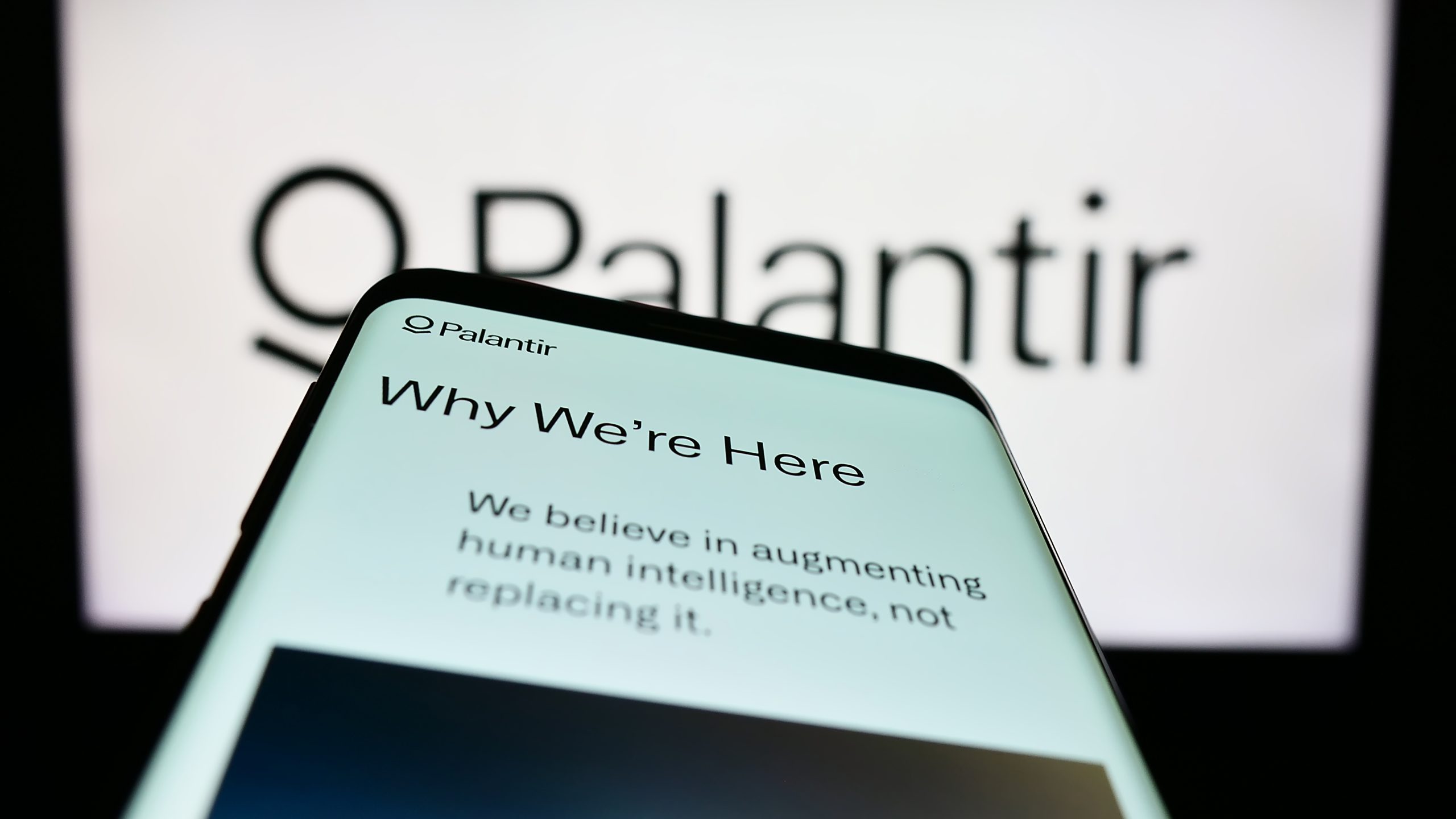In recent times, the name Palantir Technologies has been making headlines, directly associated with the major revolution in the field of artificial intelligence. As we delve into the depths of data, we understand that this is a very special, highly advanced company that can lead to extraordinary growth in the coming years.
Among some investors and traders, the question of Palantir reaching a trillion-dollar valuation is just a matter of time. For others, it’s a long process where the company will need to prove itself in a competitive and challenging market. Palantir was founded in 2003 and went public in 2020. It’s an American software company specializing in big data analysis. Palantir analyzes and provides access to data, turning it into a strategic advantage. It plays a central role in shaping decision-making processes for large corporations, intelligence agencies, and the military. Currently, the company is traded at a market value of around $34 billion.
Palantir is primarily known for its advanced and unique range of services:
Its flagship product, Palantir Gotham, is a powerful and diverse data integration and analysis platform designed primarily for government bodies, law enforcement agencies, and large organizations dealing with complex and sensitive data. The platform offers advanced analytical tools and a user-friendly interface that allows analysts, researchers, and decision-makers to explore data, run complex queries, and visualize information.
The platform enables multiple users to collaborate on investigations, intelligence analysis, and decision-making processes. This product is mainly used in applications such as counter-terrorism, law enforcement, cybersecurity, fraud detection, and disaster response. It plays a crucial role in helping organizations and governments understand vast and complex datasets for informed decision-making.
Another significant product is Palantir Foundry, an integration and data analysis platform developed by Palantir Technologies. The platform focuses primarily on providing services to commercial organizations in various industries such as financial services, healthcare, manufacturing, and more. It helps businesses leverage data to make complex decisions by allowing data input from various sources, including databases, spreadsheets, cloud storage, and third-party applications. Then, combined data can be used to analyze reports and understand the business environment.
Since its IPO in 2020, the company’s revenues have almost doubled, from $1.09 billion in 2021 to $1.9 billion in 2022. In 2023, the company expects revenues of around $2.04 billion. However, the company faced significant challenges in profitability, with massive investments and unique technological developments leading to a loss of around $1.18 billion in 2020. However, in the following years, Palantir managed to reduce losses steadily. In 2022, the company ended with a total loss of around $370 million. The company’s forecast for 2023 shows a loss of $34 million, meaning a 91% reduction in losses from the previous financial year. Over the past two years, Palantir has managed to attract significant clients in the commerce and services sector, such as Amazon, leading banks, alongside existing clients like the US government.
Looking at the breakdown of Palantir Foundry’s clientele, about 59% are from the US, 9% from the UK, and 6.8% from France. Regarding the sectoral breakdown, the government remains the largest and most significant customer, accounting for about 43.2%.
In the last two years, the innovative product managed to penetrate other industries such as healthcare, which accounts for about 6.8% of the total customer base, as well as communication and media, and insurance companies, accounting for about 6.8% and 4.5%, respectively. The diverse range of advanced products and their accessibility to the commercial industry have undoubtedly contributed significantly to the company’s growth in recent quarters. Palantir demonstrated a growth in the customer segment of about 54.8% between the fourth quarter of 2022 and the fourth quarter of 2021.
So, what is Palantir’s future, and can it become a trillion-dollar company as some investors claim? This question needs to be approached with caution. Palantir is a company with enormous potential that combines data analysis with artificial intelligence (AI). In a rapidly advancing world, there is paramount importance in a variety of data, precise analysis, and a general understanding of the business environment. As we look at Palantir, it’s hard to ignore the quality of service and clients such as the US government, the US military, Amazon, Airbus, and many more. It’s clear that as the global demand for fast-paced, data-driven technologies grows, Palantir’s growth prospects increase. However, there are risks. In a world where technology rushes at the speed of capitalism, there’s a reasonable chance that the company’s competitive landscape will change, and other companies will grow in different sectors at Palantir’s expense.
Furthermore, Palantir’s involvement in government, personal, and sensitive data has often sparked controversy, and in the future, a variety of laws and regulations may slow down its growth. Additionally, the US government could limit Palantir’s ability to provide certain services to governments, the military, or other corporations. In summary, in the near term, Palantir will need to transition to profitability. At the end of the day, it’s a business company, and it needs to translate product successes and customer acquisition into profit margins. After all, you can’t sell a dream forever, and it needs to be based on strong quarterly figures. In April 2023, the company launched an AI-based platform for use in the battlefield. The system is capable of presenting several scenarios, actions, and reactions through a chatbot that shows the probabilities and risks associated with each action. It will be interesting to continue monitoring the company’s activity and see how it grows in the commercial customer segment. In conclusion, the company has significant potential, but it’s essential to remember that it’s a long, hard, volatile marathon with a changing business landscape that may present many challenges to the company.
